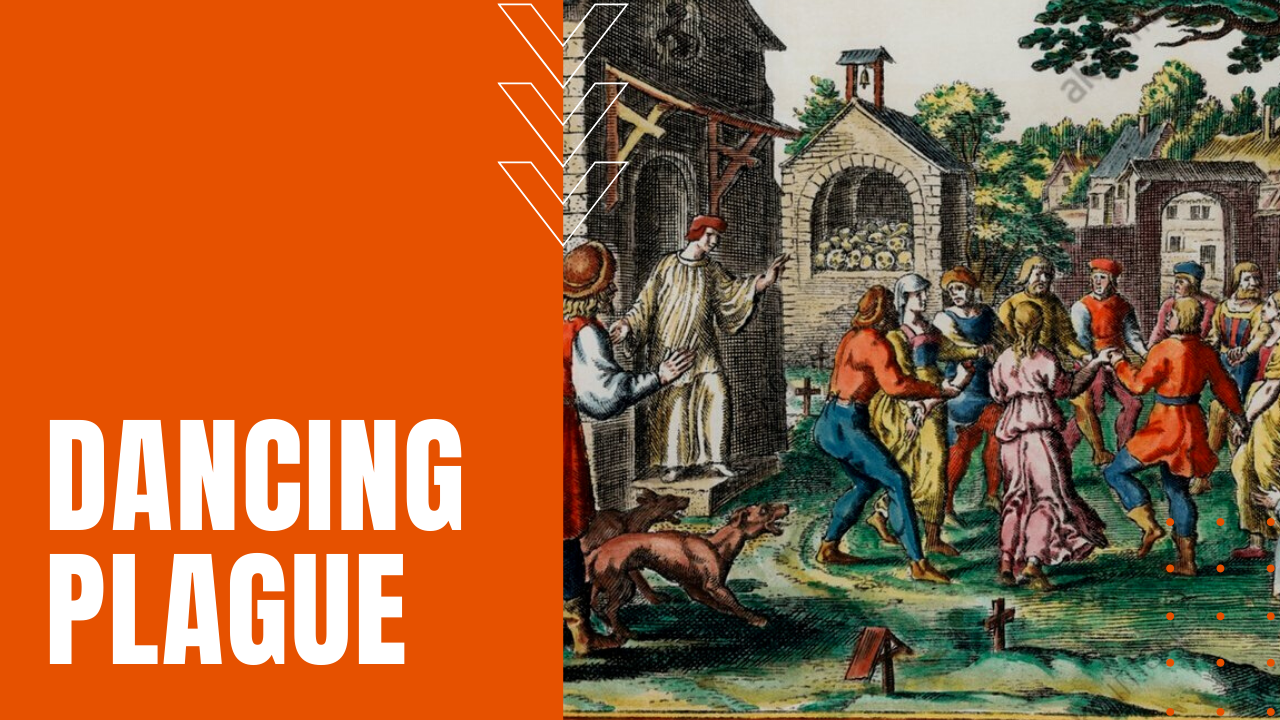Dancing Plague of 1518

The three-month-long hysteria began on July 14th, 1518, when Frau Troffea walked out of her Strasbourg home to throw down some original dance moves for her immediately-infected neighbors, which she kept up without pause or sleep for the next six days.
By the end of Strasbourg’s first month of non-stop dancing, nearly 400 people danced behind Frau Troffea to the point of exhaustion and collapse. Called St. John’s Dance at the time, the disease quickly spread up and down the Rhine River, including cities such as Liege, Utrecht and Tongres, as well as other cities in the Netherlands and Belgium. “That the event took place is undisputed,” says historian John Waller, whose enticing book “A Time to Dance, A Time to Die” was published in 2008, based on research supported by historical records of the dancing plague, including physician notes, cathedral sermons, as well as local and regional chronicles describing the mass outbreak of dancing.
Back in Strasbourg, head-scratched town officials tried to contain the now city-wide dance fever by hiring musicians to perform before a hastily-constructed and quite massive stage, which ultimately had the opposite effect of prompting more townspeople to join in on the communal hysteria.
What Caused the Dancing Plague?
Modern experts remain mixed regarding what caused the outbreak of marathon dancing, although some historians have suggested that hallucinatory ergot was to blame, which is a mold that grows on stalks of damp rye wheat that can be unwittingly baked into loaves of bread. Still, others believe the mass dance outbreak was caused by extreme psychological duress, while a third camp points the finger at a secret religious cult.
Two years after the dance frenzy had ended, humanist Hieronymus Gebwiler described the dancing plague as “God’s way of forcing modesty and moderation upon the city of Strasbourg,” and while the dancing plague ended just as quickly as it had arrived, dozens of danced-out people in Strasbourg and beyond had died from heart attacks, stokes and sheer exhaustion.
